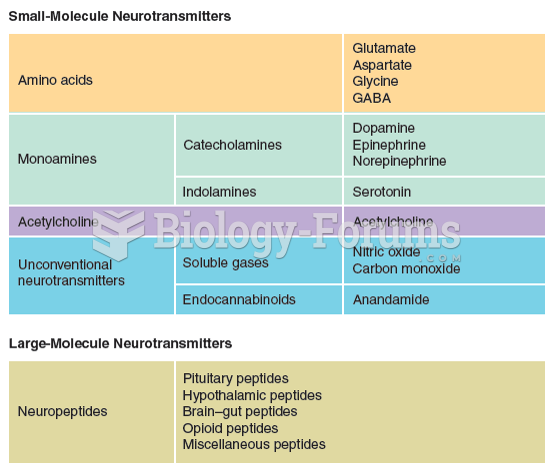Answer to Question 1
Answer: B
Answer to Question 2
The Indian Reorganization Act of 1934, known as the Wheeler-Howard Act, recognized the need to use, rather than ignore, tribal identity. But assimilation, rather than movement toward a pluralistic society, was still the goal.
Many provisions of the Reorganization Act, including revocation of the Allotment Act, benefited Native Americans. Still, given the legacy of broken treaties, many tribes at first distrusted the new policy. Under the Reorganization Act, tribes could adopt a written constitution and elect a tribal council with a head. This system imposed foreign values and structures. Under it, the elected tribal leader represented an entire reservation, which might include several tribes, some hostile to one another. Furthermore, the leader had to be elected by majority rule, a concept alien to many tribes. Many full-blooded Native Americans resented the provision that mixed-bloods had full voting rights. The Indian Reorganization Act did facilitate tribal dealings with government agencies, but the dictation to Native Americans of certain procedures common to White society and alien to the tribes was another sign of forced assimilation.
As was true of earlier government reforms, the Reorganization Act sought to assimilate Native Americans into the dominant society on the dominant group's terms. In this case, the tribes were absorbed within the political and economic structure of the larger society. Apart from the provision that tribal chairmen were to oversee reservations with several tribes, the Reorganization Act solidified tribal identity. Unlike the Allotment Act, it recognized the right of Native Americans to approve or reject some actions taken on their behalf. The act still maintained substantial nonNative American control over the reservations. As institutions, the tribal governments owed their existence not to their people but to the BIA. These tribal governments rested at the bottom of a large administrative hierarchy.







